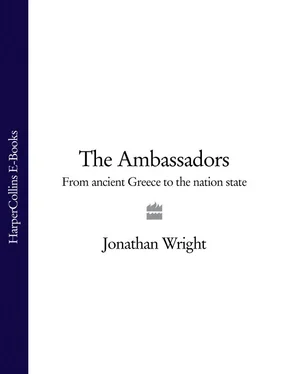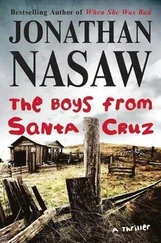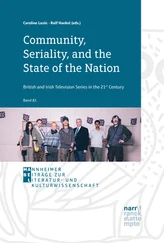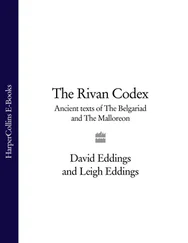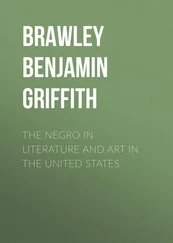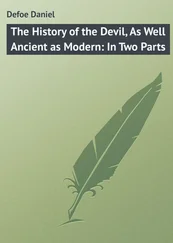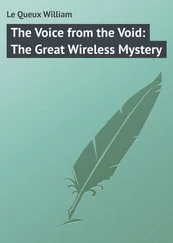Chang was elevated to the office of grand counsellor of the palace, but not before providing the emperor with a report of the western regions that shattered the Chinese world-view. His verbal report was enshrined in the imperial histories and provoked decades of further exploration beyond the traditional sphere of Chinese diplomatic interest, usually limited to Japan, Korea, Vietnam and the various tribes on the empire’s frontier. The assumption had always been that, the further one travelled from China, the more barbaric the people became, until one came to the edge of the world and a limitless ocean. But Chang talked of people in the west, in the central Asian regions of Ferghana (in Uzbekistan) and Bactria (in modern Afghanistan), who actually lived ‘in houses, in fortified cities’, who were ‘settled on the land, ploughing the fields and growing wheat and rice’, who made wine from grapes and tended the finest horses Chang had ever seen. Even more astonishingly, he had heard of empires, most likely Persia, even further to the west that had developed the art of writing and traded with a metal coinage. 12
As a direct result of Chang’s mission, more ambassadors would be sent out in search of allies in the coming years – to northern India, to Samarkand, even as far as the Persian Gulf. Each journey brought more revelations, and the trade routes into central Asia – the fabled silk roads – were refined and extended. As a direct result of such missions, China would be flooded with new imports, whether grapes or pomegranates, sesame seeds or broad beans.
By 92 BC a Chinese ambassador was laying silks at the feet of Mithridates II, king of Parthia, which lay southeast of the Caspian Sea. He returned the compliment, despatching ambassadors to China with an ostrich egg and a troupe of conjurors. Two hundred years after that, the envoys of a Roman emperor brought elephant tusks, rhinoceros horns and tortoise shells to the Chinese court. The links that had been forged in the wake of the Han ambassadors would be sustained. The enduring relationship between diplomacy and gift-giving was already thriving. In ad 638 the Persians were sending the Chinese a ferret that was an expert mice-catcher; a century later, they sent the Chinese four leopards. In the next phase of the ambassadors’ story, this aspect of diplomacy would soar.
THE MIDDLE CENTURIES
CHAPTER V Charlemagne’s Elephant
i. Gift-Giving
Enter the French Ambassadors
KING HENRY
Now are we well prepar’d to know the pleasure Of our fair cousin Dauphin, for we hear Your greeting is from him, not from the king.
AMBASSADOR
May’t please your majesty to give us leave Freely to render what we have in charge; Or shall we sparingly show you far off The Dauphin’s meaning and our embassy? […] Your highness, lately sending into France, Did claim some certain dukedoms, in the right Of your great predecessor, King Edward the Third. In answer of which claim, the prince our master Says that you savour too much of your youth, And bids you be advis’d, there’s naught in France That can be with a nimble galliard won; You cannot revel into dukedoms there. He therefore sends you, meeter for your spirit, This tun of treasure; and, in lieu of this, Desires you let the dukedoms that you claim Hear no more of you. This the Dauphin speaks.
KING HENRY
What treasure, uncle?
EXETER (opening the tun)
Tennis balls, my liege.
KING HENRY
We are glad the Dauphin is so pleasant with us: His present and your pains we thank you for: When we have match’d our rackets to these balls, We will in France, by God’s grace, play a set Shall strike his father’s crown into the hazard […] I will rise there with so full a glory That I will dazzle all the eyes of France, Yea, strike the Dauphin blind to look on us. And tell the pleasant prince this mock of his Hath turn’d his balls to gunstones; and his soul Shall stand sore-charged for the wasteful vengeance That shall fly from them; for many a thousand widows Shall this his mock mock out of their dear husbands; Mock mothers from their sons, mock castles down…
Henry V , I. ii
Before the ratification of the United States Constitution in 1788, potentates were free to lavish tokens of esteem on American worthies whenever they chose. In 1785, the king of Spain sent two especially handsome donkeys to General George Washington in recognition of his military exploits and they were graciously received. Article 1, Section 9 of the Constitution immediately made such gestures suspicious, even illicit. Henceforth, no American public servant was to ‘accept of any present, emolument, office or title of any kind whatever, from any king, prince or foreign state’.
So when, in 1839, the emperor of Morocco decided to present the United States with a lion and a lioness (a prodigious gift by any standard), the local consul Thomas Carr faced an awkward decision. He could either offend an influential monarch or transgress the new rules of American diplomatic conduct. Carr valiantly tried to reject the gifts, but was forced to relent when the emperor’s messenger threatened to release the animals into the street. After a few months’ sojourn in the consulate buildings, the lions were shipped to Philadelphia and quietly sold off at auction. 1 Intended as a necessary check on bribery and corruption, the constitutional prohibition had managed, at a stroke, to jeopardize one of the most venerable of diplomatic rituals: the exchanging of meaningful, preferably spectacular, gifts.
For millennia, such exchanges had succeeded in capturing the tensions inherent in any ambassadorial encounter. Those giving the gifts often sought to demonstrate their affection or admiration for the recipient – see what we are willing to give – but they also hoped to hint, rather loudly, at their superiority, at their own wealth, ingenuity and influence – see what we are able to give. To despatch too meagre a gift was a snub, to send too exotic a gift was a boast. Polities were always much more likely to err on the side of boastfulness. Upon receiving presents from the Byzantine emperor in Constantinople, one tenth-century Muslim ruler had immediately declared: ‘send him a gift one hundred times greater than his so that he may recognize the glory of Islam and the grace that Allah has bestowed upon us.’ 2
The Romans won favour by presenting gold necklaces to British tribal leaders, while the courts of Enlightenment Europe fastened upon the idea of trading elegant Se‘vres and Meissen porcelain. Fidel Castro would even limit the distribution of certain brands of luxury cigar to enhance their cachet as diplomatic gifts. In the eighteenth century, Frederick William I of Prussia went so far as sending an entire room, a candlelit Baroque confection of amber panels, mirrors and mosaics, to Peter the Great of Russia. Peter had admired the so-called ‘Amber Room’ during a visit to Berlin in 1712. The Prussian king, eager to cement an alliance against Sweden, ordered the room’s dismantlement. In 1717 it was packed into eighteen boxes and made the precarious journey from the Charlottenburg Palace to St Petersburg. Until Hitler’s invading troops tore it down in 1941, it came to symbolize the amity between two great nations.
Presenting something that was particularly evocative of one’s own culture was another shrewd strategy. The Ottoman rulers of Turkey looked to fragrant soaps and carpets, the Chinese to precious silks. In the seventeenth century, the Polish city of Gdansk routinely selected the engraved amber for which it was so renowned, just as the burghers of Nuremberg favoured their city’s humble, but much-coveted, Lebkuchen cakes. Japanese emperors sent a full suit of shogun armour to James I of England in 1613, and an elaborate samurai sword to Queen Victoria two and a half centuries later.
Читать дальше
